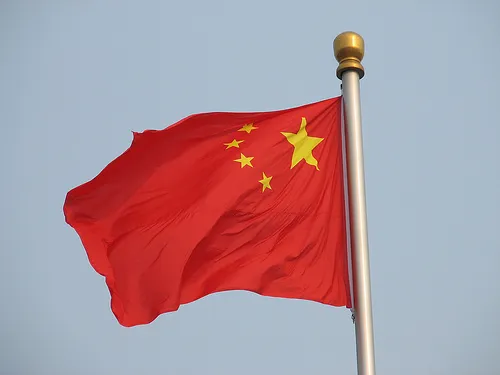
China's income inequality reform plan to boost 'economic rebalancing'
But here is the catch.
According to Fitch Ratings, the publication of an income inequality reform plan is likely to accelerate China's economic rebalancing. But implementation risk remains high because of the significant opposition the proposals will face from vested interests.
If enacted the reforms would be likely to increase real wages and help make China's economy more dependent on consumption. However, if wages increase without improvements in productivity the reforms could weaken growth, indicating the importance of structural reforms to facilitate productivity improvements.
Here's more from Fitch Ratings:
We would expect China's rebalancing away from the existing unsustainable investment-led growth to lead to companies making more higher value-added goods and the development of service-based industries.
We think it is likely that real wages will continue increasing even after investment as a share of GDP starts to fall, similar to Korea's experience in the 1990s. Like Korea, China is poor relative to other global advanced economies. Japan's experience in the 1970s, however, shows the risks to this prediction. Japan started from a much wealthier position and real wages were compressed by high inflation after the first oil price shock.
China's huge programme of urbanisation and industrialisation means that some progress towards a consumer-led economy has already been made in the coastal regions and some industrial hubs.
There, for example, investment spending on road and rail infrastructure has been substantially completed, and workers have become empowered consumers, vocalising wage demands and successfully increasing their purchasing power. Foxconn's recent announcement that it will allow its 1.2 million workers to vote for a representative union is further evidence of this change.
If real wages rise the logical step is for China's manufacturing base to outsource. When this happened in Taiwan capacity shifted to China and Taiwan continued growing in higher value-added or specialised products with an increasingly skilled workforce.
Over the long term, as added-value and innovative products come on-stream, local Chinese production could replace Japanese and South Korean tech companies' exports to China.
The sheer size of these tech and domestic-serving auto companies is likely to enable them to turn the tables and target existing leaders' own domestic markets. This is not just dependent on wages but also on moving up the value-added, innovation, product ladder. Impediments such as hesitance among international groups to share their technology advances with Chinese counterparts and the need for reform of intellectual property rights protection also have to be overcome.
The reform plan, announced jointly by the National Development and Reform Commission, the Ministry of Finance and the Ministry of Human Resources and Social Security, includes a doubling of personal income levels, setting a minimum income level for certain industries, narrowing the wage differentials at state-owned enterprises and 20% of housing stocks being low cost by 2015.








![Cross Domain [Manu + SBR + ABF + ABR + FMCG + HBR + ]](https://cmg-qa.s3.ap-southeast-1.amazonaws.com/s3fs-public/styles/exclusive_featured_article/public/2025-01/earth-3537401_1920_4.jpg.webp?itok=WaRpTJwE)









 Advertise
Advertise


